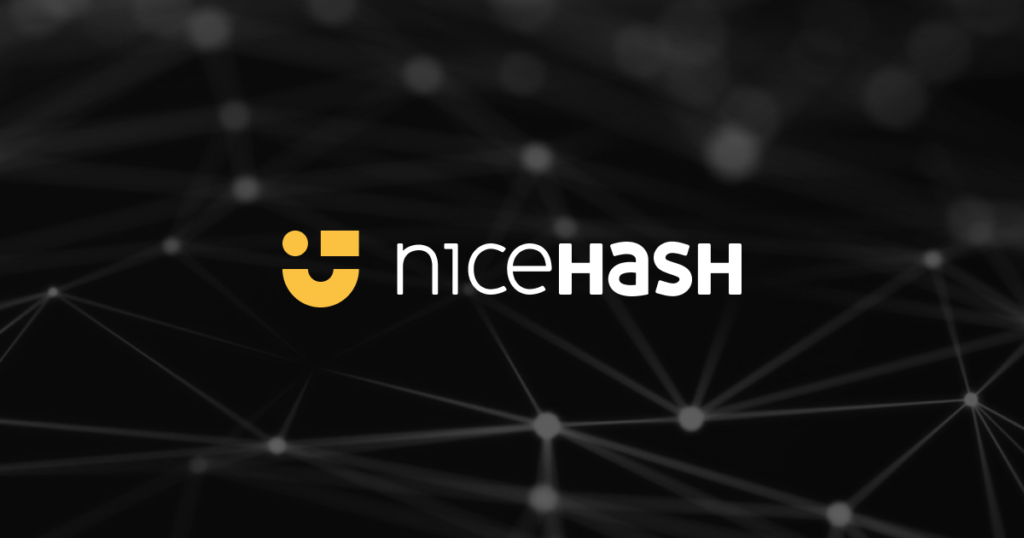
- Improved memory settings for Windows (now works in Windows 7);
- Fixed crash when launching on some rigs under HiveOS / RaveOS;
- Improved compatibility with antivirus software (minimization of anti-hacker errors);
- Support to launch from go app without anti-hacking error;
- Fixed a bug with ignoring the api parameter in configuration files;
- Improved stability.
GMINER (AMD/NVIDIA)
GMiner was created by a Russian group of specialists in the field of high performance computing and cryptography. The first version of GMiner was released on September 21, 2018 and was warmly received by users. Thanks to its unique design and stability, in just six months, the miner became the favorite of Equihash algorithms. The miner is focused on NVIDIA and AMD platforms and supports the most popular algorithms such as: Ethash, ProgPoW, KAWPOW, Equihash, CuckooCycle. GMiner maintains a leading position in the mining of such coins as Beam, Grin, Cortex, Bitcoin Gold. In 2020, the miner added support for Ethash, ProgPoW and KAWPOW algorithms with high performance relative to competitors. The development team never stops at what has been achieved and achieves maximum performance of algorithms with minimum power consumption, these are the qualities that distinguish GMiner from competitors and win the hearts of users.
Miner Features:
- commission is charged continuously, not at intervals (like most miners), which positively affects user profitability on PPLNS pools
- checking generated DAG, warning when GPU overclocking is very high for algorithms Ethash, Etchash, KAWPOW and ProgPoW, helps to overclock the GPU without errors
- check the total CPU resources, warning when the GPU overclocking is very high for Ethash, Etchash, KAWPOW and ProgPoW algorithms, helps to overclock the GPU without errors
- DAG caching, if the GPU has enough memory, DAG files are not recalculated when switching to another algorithm when mining Ethash + Zilliqa or Nicehash, which positively affects user profitability
- temperature control and stopping the GPU in case of overheating
- watchdog – a process observing the state of the main systems of the miner, which will restart the miner in case of a failure or hangs
- mechanism for recovering a lost connection to the pool
- while maintaining reserve pools, the miner uses the reserve pools until the connection to the main pool is restored
- support secure connections, server certificate verification (optional)
- informative and readable output of statistics in the form of tables to the console
- display of detailed information for each device (temperature, power consumption, cooler load, memory frequency, processor frequency, energy efficiency)
- parallel output of information to the console and to a file on disk
- built-in statistics server – remote monitoring of the miner in the browser
- memory settings for GPUs Nvidia with GDDR5X and GDDR5 memory
| Supported algorithms | developer commission |
|---|---|
| eth, ethash | 0.65% |
| etc, etchash | 0.65% |
| kawpow, rvn, ravencoin | 1% |
| cuckatoo32, grin32 | 2% |
| cortex | 5% |
| beamhash | 2% |
| equihash144_5 | 2% |
| equihash125_4 | 2% |
| equihash192_7 | 2% |
| equihash210_9 | 2% |
| cuckoo29, aeternity | 2% |
| cuckarood29 | 2% |
| cuckatoo31, grin31 | 2% |
| cuckaroo29b, bittube | 4% |
| cuckaroo29s, swap | 2% |
| bfc | 3% |
| vds | 2% |
How to start mining
Ethash
- To start Ethash, enter at the command line:
miner --algo ethash --server eth.2miners.com:2020 --user 0x5218597d48333d4a70cce91e810007b37e2937b5.worker1
–algo – mining algorithm, in this case ethash
–server – the address and port of the pool, in this case the eth.2miners.com pool, port 2020
–user – Ethash wallet and worker name, in this case wallet is 0x5218597d48333d4a70cce91e810007b37e2937b5, worker is worker1
Ethash и Etchash
- For Ethash and Etchash algorithms, there are 2 options for the stratum protocol (proxy and stratum), to explicitly specify the protocol, use the “–proto” parameter, for example, to use the Nicehash pool, enter in the command line:
miner --algo ethash --server daggerhashimoto.usa.nicehash.com:3353 --user 3LsTTSsSy17xuoShcMHuRgGBxKn1AHgeVN --proto stratum
- If you have a mixed installation, you can only run the miner on CUDA devices:
miner --algo ethash --server eth.2miners.com:2020 --user 0x5218597d48333d4a70cce91e810007b37e2937b5.worker1 --opencl 0
- or on OpenCL devices only:
miner --algo ethash --server eth.2miners.com:2020 --user 0x5218597d48333d4a70cce91e810007b37e2937b5.worker1 --cuda 0
- or on devices of your choice such as GPU0, GPU2, and GPU4:
miner --algo ethash --server eth.2miners.com:2020 --user 0x5218597d48333d4a70cce91e810007b37e2937b5.worker1 --devices 0 2 4
- the list of available GPUs can be seen by invoking the following command:
miner --list_devices
- To set temperature limits for GPU0, GPU2 and GPU4, upon reaching which mining on this device will pause until it cools down:
miner --algo ethash --server eth.2miners.com:2020 --user 0x5218597d48333d4a70cce91e810007b37e2937b5.worker1 --devices 0 2 4 --templimit 80 70 65
where 80 is the temperature limit for GPU0, 70 is the temperature limit for GPU2, 65 is the temperature limit for GPU4
- To save the miner’s logs to a file for later analysis:
miner --algo ethash --server eth.2miners.com:2020 --user 0x5218597d48333d4a70cce91e810007b37e2937b5.worker1 --logfile log.txt
where “log.txt” is the path to the file with the miner’s logs




















